Russian arms exports. April 2018 of the year
In April, once again in the press, information appeared about India’s withdrawal from a joint program with Russia to create a fifth-generation FGFA (Fifth Generation FighterAircraft) fighter. This writes an authoritative publicationJane". This magazine published an article “India withdraws from the FGFA project, leaving Russia to go it alone”, which states that India has decided to suspend its participation in the already Russian-Indian program to create a promising fighter that already has 11-year history. the fifth generation based on the Russian project PAK FA (T-50, now - Su-57). The reasons for the emergence of “insurmountable differences” between countries are the cost and technical solutions of the program.
An article citing official high-ranking Indian sources said that Indian officials, including Secretary of the Ministry of Defense Sanjite Mitra and National Security Adviser Ajit Doval, recently reported India’s withdrawal from this program. The announcement was made to representatives of the Russian ministerial-level delegation during their visit to India. It is considered (without disclosing the details) that Delhi can still “reconsider” its decision on the implementation of the FGFA program or consider the possibility of buying fully developed and ready PAK FA fighters after they go into service with the Russian Air Force.
According to representatives of the Indian industry, the FGFA program and its implementation were not discussed during the visit of the Minister of Defense of India Nirmala Sithmaran to Moscow in early April 2018. At the same time, according to the Indian Marshal aviation retired by V.K. Bhatia, further implementation of this program would not benefit the Indian Air Force, which is struggling to withstand the rapid reduction in the number of available fighter aircraft.
Jane's Defense Weekly notes that the Indian Air Force considers the fifth-generation fighter Su-57, which the Ministry of Defense of India has identified as a promising multi-purpose fighter, does not meet their requirements for avionics, stealth, radar and sensors installed. The prototypes of the fifth generation fighter are currently undergoing flight tests in Russia, but so far there is no indication as to when new combat aircraft will be put into mass production.
It is worth noting that the FGFA program itself began in the 2011 year, when India and the Russian company Sukhoi agreed on conditions for an equal financial and partial technical partnership. This program has experienced problems from the very beginning. Funding and technical aspects of the program have been a subject of controversy for a long time and have not been solved at all. It is known that Sukhoi was committed to supplying India with 2019-2020 three 30-ton single-piece FGFA prototype prototypes for testing prior to building a production line for the serial production of these aircraft at HAL Nasik in western India . Initially, the Indian Air Force expected to acquire 200-250 single and double FGFA fighters, but later their number was reduced to 127 single-seat aircraft. Now the implementation of the entire program is a big question.
Possible Indian Contracts
Production of the AK-103 can be expanded in India
A rather long Indian story with numerous tenders for a new automatic rifle to replace the most unsuccessful 5,56-mm INSAS automatic rifle seems to be coming to the final. According to the publication "Jane", The Ministry of Defense of India is ready to launch in the country a licensed production of an upgraded AK-103 submachine gun chambered for 7,62х51 mm 103x7,62 mm).
The AK-103 assembly in India should cover the needs of the Indian army in replacing the 768 with thousands of automatic rifles. The needs of the Indian Air Force and Navy are estimated at around 50 thousands of rifles. Supposedly, the Indian Defense Ministry will resort to the direct import of thousands of automatic rifles 150 to meet priority needs, re-equipping them with the front-line parts of the first line, and the production of the remaining AK-103 will be launched already in India under a license.
The offer to buy Russian AK-103 machines, approved by the Indian army, was the result of detailed negotiations between high-ranking Russian officials and Indian Defense Minister Nirmala Sitharaman during her trip to the Russian capital in early April of 2018. This proposal is part of the ongoing Indian initiative “Make in India”. It is known that Moscow offered AK-103 machines to India in 2017, however, the proposal was not accepted at that time, but now the Indian military has revised the requirements for arms to replace the automatic INSAS rifle.
The Russian AK-103 will replace the INSAS caliber 5,56x45 mm in the Indian Army, which began to enter service in the middle of 1990, but in 2010 it stopped meeting the requirements of the Indian military, who recognized the weapon as "operatively inadequate" to modern realities. The Indian Defense Ministry expects to assemble Russian AK-103 assault rifles at two special facilities that will be built by the Kalashnikov Concern in cooperation with OFB at its Rifle Factory Ishapore production facilities in Ishapur in eastern India and Tiruchirapalli in southern India.
In the second half of April, a delegation of the Indian Ministry of Defense, headed by the Director General of the Procurement Department, Mr. Apurva Chandra, visited Izhevsk, where she met the production site of the Kalashnikov Concern, the official website of Rostec reported this to 25 on April. In the capital of Udmurtia, representatives of India met with the modern organization of production of the famous Kalashnikov assault rifles of various series, and also had the opportunity to try out various modifications of the weapons produced in Izhevsk.
According to Alexander Mikheev, the incumbent general director of Rosoboronexport, the Kalashnikov concern is ready to assist the Indian side in building a plant in India for the production of the presented weapons and subsequent modifications of the Kalashnikov machine gun. As a partner, Rosoboronexport is ready to cooperate with any Indian enterprises, both public and private, at the option of the Indian Ministry of Defense, Mikheev added.
India may purchase MiG-29 fighter jets
According to Indian network resources in particular timesnownews.com, India is seriously considering the proposal of the Russian side to supply the Indian Air Force 21 MiG-29 fighter. The proposal was made by 2 on April 2018 of the year in Moscow during a visit to the Russian capital of Indian Defense Minister Nirmala Sithamaran. High-ranking Indian military is ready to consider this proposal, as the Indian Air Force faces the acute problem of reducing the number of fighter fleet.
Currently, the Indian Air Force has a need for 40 Fighter Squadrons, but in fact they have 32. At the same time, by the year 2027 their number will decrease to 27, and in the 2030-e years it can still be reduced, even despite the purchase of French fighters Dassault Rafale 36. Currently, Indian fighter aircraft is represented by X-NUMX squadrons, Su-12MKI, three - MiG-30, two - MiG-29, 27 squadrons of morally and physically obsolete MiG-11, three - Mirage 21 and six Jaguar. At the same time, it is expected that by the end of 2000, of the 2022 squadrons armed with MiG-11 fighters, only one will remain in the ranks.
It is worth noting that at one time India became the first foreign export recipient of a multi-purpose fighter MiG-29. In favor of the fact that India can really consider the option of acquiring the MiN-21 fighter from Russia, experts call the low cost of these aircraft, which is important for New Delhi, as well as the fact that Indian fighter pilots are familiar with this aircraft. MiG-29 are in service with the Indian Air Force, fighters are well studied, the country has no problems with their maintenance and operation.
A contract is being prepared for the construction of four 11356 frigates.
Apurva Chandra, Procurement Director General of the Indian Ministry of Defense, visited the Yantar shipyard in Kaliningrad in mid-April, accompanied by representatives of the United Shipbuilding Corporation (USC) and Rosoboronexport. At the enterprise, the guest got acquainted with the possibilities of building frigates of project 11356, six of which are already in service with the Indian fleet (Three frigates were built precisely by the Yantar plant). “Of course, the key Indian-Russian project that was discussed in Kaliningrad was the proposal to build four frigates of project 11356 for the Indian Navy. We were pleased to inspect the production halls and finished hulls of future frigates,” Apurwa Chandra quoted the Rosoboronexport press service.
Earlier, high-ranking Indian officials responsible for the procurement of weapons and military equipment also visited the Russian Helicopters suburban center, where they examined the Ka-226T helicopter. In the end, Chandra inspected all Russian companies whose contracts for production (frigates of the 11356 project, Mi-17 and Ka-226T helicopters, C-400 air defense systems) were expected to be signed back in 2016-2017, the newspaper writesВедомости". The press service of Rosoboronexport noted that the intensive program of the visit of Apurva Chandra to Russia indicates the high interest of India in the ongoing development of Russian-Indian projects implemented in the military-technical sphere.
According to the USC enterprise manager, the contract for the construction of four frigates of the 11356 project is likely to be signed in the first half of 2018. At the same time, India itself will be able to choose its own shipyard, where two out of four ordered frigates will be built, after this obstacles to concluding an agreement between the countries are no longer foreseen, the Vedomosti source said. It is less likely that already in 2018 between the countries a lengthy contract on C-400 air defense systems will be signed, although this agreement (as well as the contract for the Mi-17 multi-purpose helicopters) will not require the fulfillment of the conditions of Make in India on technology transfer and production to India, says a publication source close to the leadership of the Military Industrial Commission.
The reason for the delay in Russian-Indian contracts in the military sphere is the paralysis of domestic procurement procedures in India, as well as distancing from arms purchases from Russia against the background of hopes for cooperation with the US, Konstantin Makienko, an expert at the Center for Analysis of Strategies and Technologies, believes. The reason for postponing the decisions on contracts can also be US sanctions, the expert admits. At the same time, the conclusion of a contract for the construction of four frigates is indeed possible, since the Indian Navy is in dire need of such ships, said Konstantin Makienko.
Russian Helicopters Sold Three Multi-Purpose Ka-32A11BC Helicopters to Turkey
The Russian Helicopters holding as part of the Eurasia Airshow international air show, which took place in Antalya from 25 to 29 in April 2018, signed an agreement with the Turkish company Kaan Air to supply the country with three multi-purpose Ka-3211BC helicopters. According to the signed agreement, the helicopters will be delivered already in 2018 year, the state corporation’s press release said.Rosteh". It is planned that the helicopters will be used in Turkey for fire-fighting operations.
“The signed agreement opens a new market segment for the holding company“ Helicopters of Russia ”, for the company it will be the first delivery of civil helicopter technology to Turkey. Director General of Russian Helicopters Andrei Boginsky believes that this delivery will not be the last. Ka-32А11BC multi-purpose helicopters, created on the basis of a co-axial Ka-27PS search and rescue helicopter, have proven themselves in fighting fires around the world. Andrei Boginsky believes that they will help Turkey, in turn, the holding will help ensure the successful operation of the helicopter in this country. He also stressed that 19 of the Russian Mi-17 family of helicopters is currently operated in Turkey, all of which are in service with the Turkish gendarmerie.
Delivery of Turkey’s C-400 complexes will be accelerated
In early April, the Turkish Defense Industry Secretariat announced that the delivery of modern Russian anti-aircraft missile systems C-400 “Triumph” will begin in the country in July 2019, although initially the transfer of air defense missiles was planned for March 2020. Sources "Merchant»They say that this decision is an unprecedented concession to Russia, the decision on it was made during negotiations between the presidents of the two countries. For the manufacturer of these air defense systems, the VKO Almaz-Antey concern, the new deadlines for the implementation of the Russian-Turkish agreement should not become a problem, since in 2018, the Russian Defense Ministry will already receive most of the previously ordered Triumph C-400 SAM systems.
As the newspaper Kommersant notes, citing its sources close to the MTC system, the question of accelerating the delivery of Turkish air defense systems was one of the main issues in the entire negotiating agenda of Putin and Erdogan. Speaking at a press conference following these talks with the Turkish president, Vladimir Putin confirmed that the timing of arms supplies would be accelerated "at the request of our Turkish partners and friends." In his speech, the Russian president did not name the scale of the contract acceleration, however, the deputy head of the Turkish defense industry secretariat, Ismail Demir, noted that the arrival of the first batch of C-400 is scheduled for July 2019. At the same time, the Federal Service for Military Technical Cooperation refrained from official comments on this score, and Alexander Mikheyev, who heads Rosoboronexport, noted that Russia would do everything necessary to fulfill Turkey’s request.
The contract to supply the Turkish armed forces with four divisions of the C-400 Triumph anti-aircraft missile system worth 2,5 billions of dollars was signed in July 2017 of the year. The credit scheme will be used to implement this contract: approximately 45 will pay for the percent of the contract cost on its own, the remaining 55 percent will be covered by borrowed funds that the Ministry of Finance of Russia will allocate to Turkey. According to Kommersant journalists, Ankara plans to close the loan within four years, returning percent of the loan amount per annum on 15. In the original version of the contract it was indicated that the supply of C-400 complexes to Turkey should begin no later than March 22 of 2020. Now, apparently, an additional agreement will be signed to the contract, which will adjust the delivery time. According to the high-ranking military source Kommersant, such a concession "is to some extent unprecedented": "The execution of the contract in such a short time testifies to the high level of our relations."
Laos became interested in modernized tanks T-72
According to the information of the Vietnamese information resource baodatviet.vn, at the end of 2017, the LAO PSTV television channel, owned by the Ministry of Defense of the Lao People’s Democratic Republic (Lao PDR), showed Chinese-made modern self-propelled howitzers CS / SH1 that had entered the service of the Lao army. They are 122-mm artillery mounts mounted on an all-terrain automobile chassis with a wheel formula 6х6. ACS is an export version of PCL09, which is manufactured by China North Industries Corporation (Norinco) for the needs of the PLA from the year 2010. It is known that Laos became the first foreign customer of the Chinese CS-SH1 ACS.
It is also reported that at the beginning of April 2018, the Laotian Minister of Defense Tyansamon Tyanalat was in Russia on a visit. Among other things, he visited JSC 61 Armored Repair Plant, located in Strelna (St. Petersburg). At the factory, a high-ranking guest was shown a sample of the main battle tank T-72B in a modernized version (known as the "White Eagle"). Previously, such tanks had already been delivered to Nicaragua. Currently, Laos is showing interest in this modernization of the T-72B tank. The acquisition of new technology fits into the program of ongoing modernization of the armed forces of Laos.
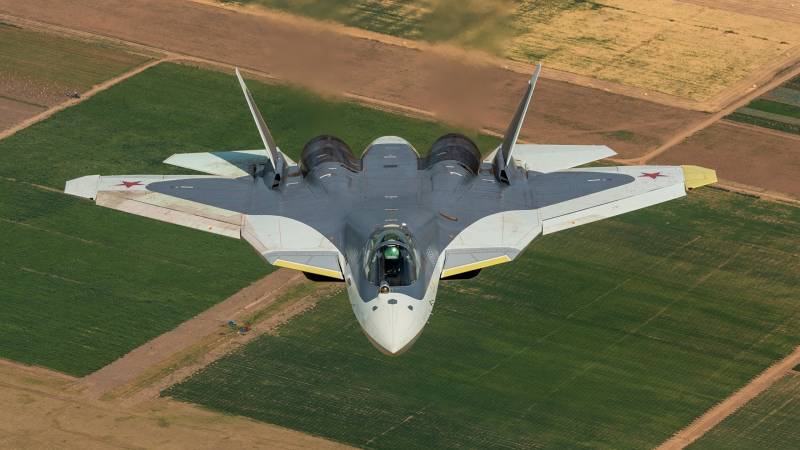
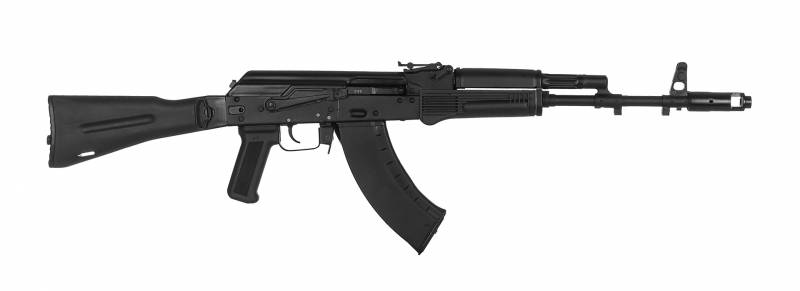
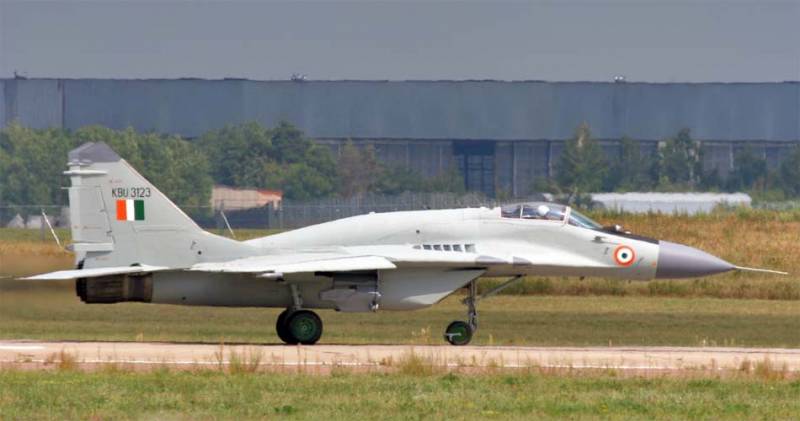
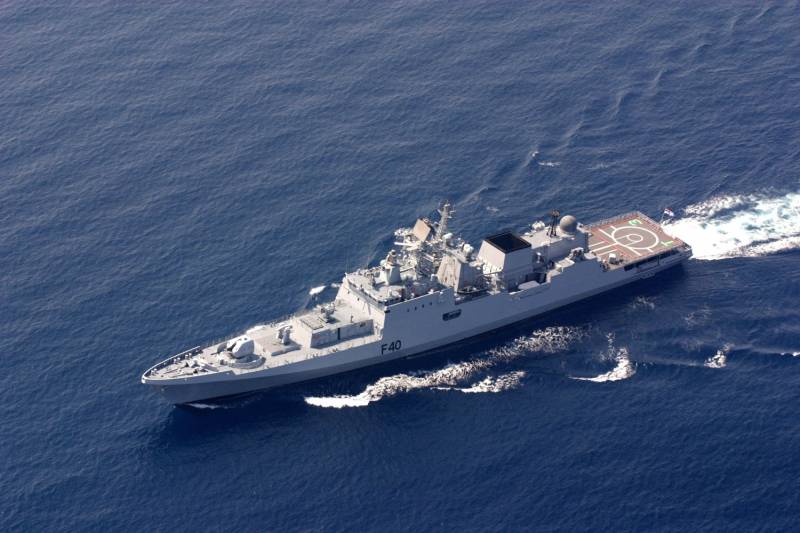
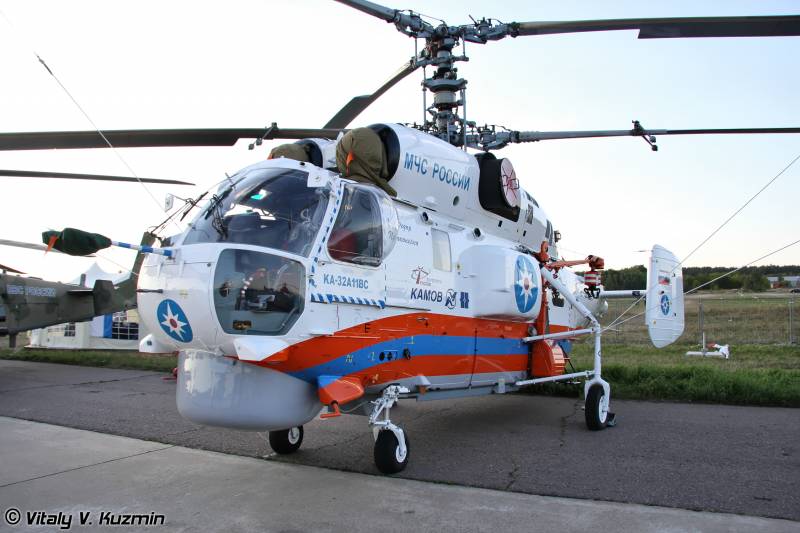
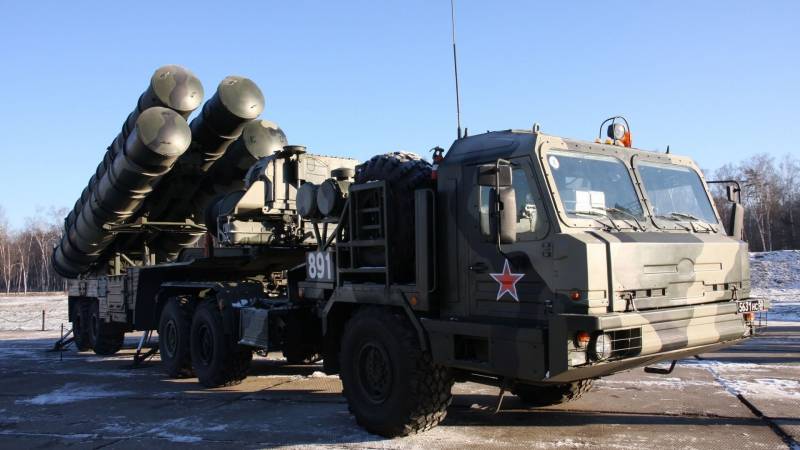
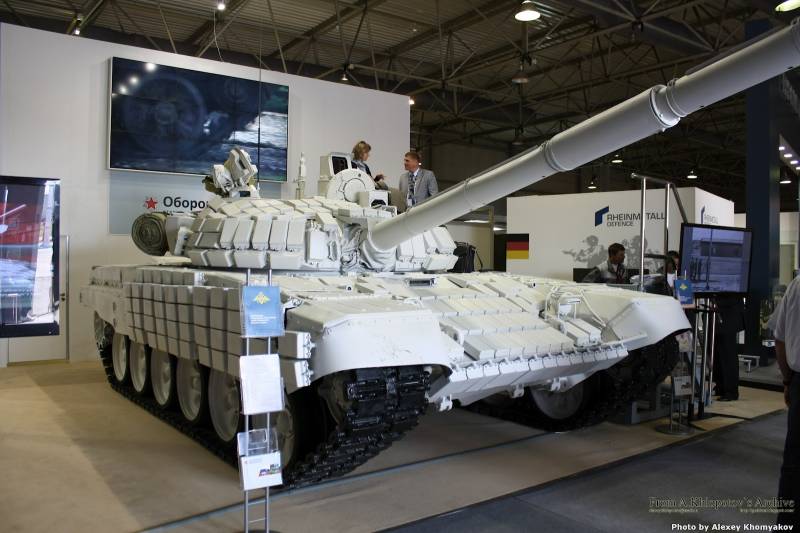
Information